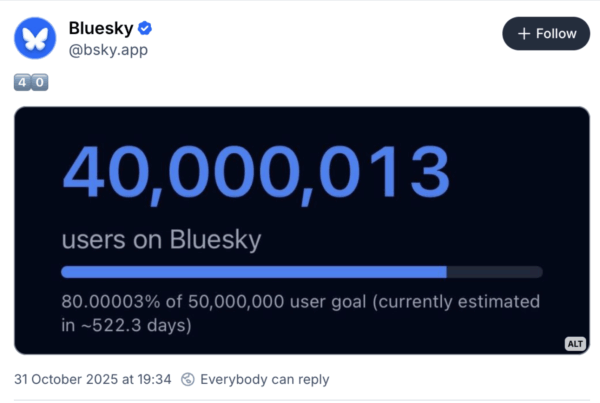Guillermo Escofet, MEF Programme Director DCB, Content & Advertising reflects on the discussions at the Global Carrier Billing & Mobile Payments Summit held in Amsterdam this month, where industry leaders explored both the challenges and opportunities shaping carrier billing and mobile payments, from regulatory and compliance pressures to innovation, new use cases, and partnerships driving future growth.
Bringing DCB to the payments mainstream; overcoming the formidable barriers often found in emerging markets; and stopping DCB campaigns from falling foul of new ad tech rules were some of the hot topics at this year’s Global Carrier Billing & Mobile Payments Summit, held in Amsterdam early September.

Candid and engaging discussions on market challenges and opportunities dominated the agenda – both on and off stage. Among the challenges debated by delegates were:
Bringing DCB to the payments mainstream; overcoming the formidable barriers often found in emerging markets; and stopping DCB campaigns from falling foul of new ad tech rules were some of the hot topics at this year’s Global Carrier Billing & Mobile Payments Summit.”
- The fast-shrinking availability of airtime credit for DCB in emerging markets, as prepaid users are encouraged to focus spending on data packs/bundles. Some in the industry are pinning their hopes on solutions that convert unused data into airtime. Others argue that content providers must embrace these packs and look for ways of bundling their services with them.
- Making mobile money a better fit for digital merchants, through less fragmentation and better subscription payments support. But some say that the onus should not all be on mobile money providers – global digital platforms should also adapt their business models to local consumer realities.
- The perennial issue of how to increase DCB awareness – not only among consumers, but also at telco board level. The lack of action so far betrays DCB’s low ranking in MNOs’ list of priorities.
- Extending DCB beyond the confines of the digital goods & services space is another challenge that has been long debated down the years. Only a small handful of carriers have gone down the route of acquiring full payment service provider status. A more likely route is for aggregators to take the upfront risk and lead with the agent model. But not all markets are ready for this.
- Stricter compliance rules and methods by Google Ads have led to the suspension of many DCB marketing campaigns over the past year or so. Carrier-ordained DCB payment flows are clashing with ad platform requirements and DCB’s edge as the fastest and most convenient payment method is being eroded. In the end, it is carriers that are having to bend to Google’s will.
Market opportunities discussed included:
- The unlocking or turning around of DCB markets through self-regulation and proactive compliance measures, including “zero trust” automated verification methods. Likewise, through innovative DCB marketing campaigns and compelling bundling offers.
- Harnessing the potential of AI to detect fraud, personalise user targeting, optimise user journeys, and offer smarter user interfaces.
- SMS transport ticketing might be getting a new lease of life through RCS, despite increasing competition from contactless payments. And there is a revival in PSMS-based media interactivity in some markets, including France.
- OTT subscriptions continue as a major growth engine, particularly on the tariff add-ons front and other areas of bundling. Some market players report particularly strong demand for GenAI, online storage, audio content, cybersecurity and telehealth subscriptions.
- Using the agent model for things other than physical goods & services. It has already been used for some time to transact digital purchases of a higher value than mandatory DCB spending limits. It is now also being used to enable DCB payments on online gambling sites, as a way for MNOs of keeping their association which such services at arm’s length.





